Beautiful gardens have one thing in common. They manage to strike a fine balance between structure and a carefully curated mix of plants.
Hard landscaping elements such as water features, pathways, retaining walls, arches and pergolas, to name a few, create depth, dimension and interest to outdoor spaces.
Here are a few ideas to get you going.
The challenge: A blank canvas
Often fledgling gardens lack a sense of gravitas because there are no “bones” that can be fleshed out by planting.
The building blocks: No garden is complete without a plan. So create a structural blueprint for your outdoor spaces.
The solution: According to landscape designer Mimi Rupp, any well-designed garden should consist of layers of horizontal and vertical interest. “Start with design and layout, including areas for different uses and structural work, such as walls, screens, paving and other hardscaping,” she suggests.
Your pool area is a great place to introduce structure. Ensure a seamless transition between your pool and nearby hardscaping elements. All elements should work in unison to create a well-defined space.
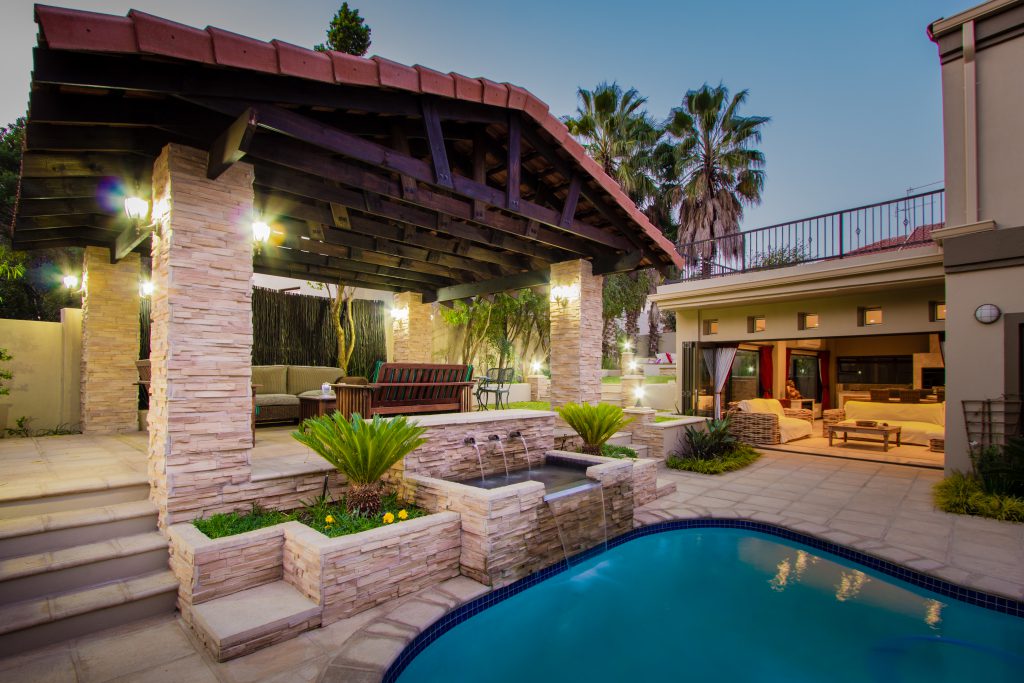
The Friendly Plant
Depending on the context, structural elements can be used as focal points or as backdrops. At the Delaire Graff Estate, for example, a textured-stone wall serves as a background to a Dylan Lewis sculpture.
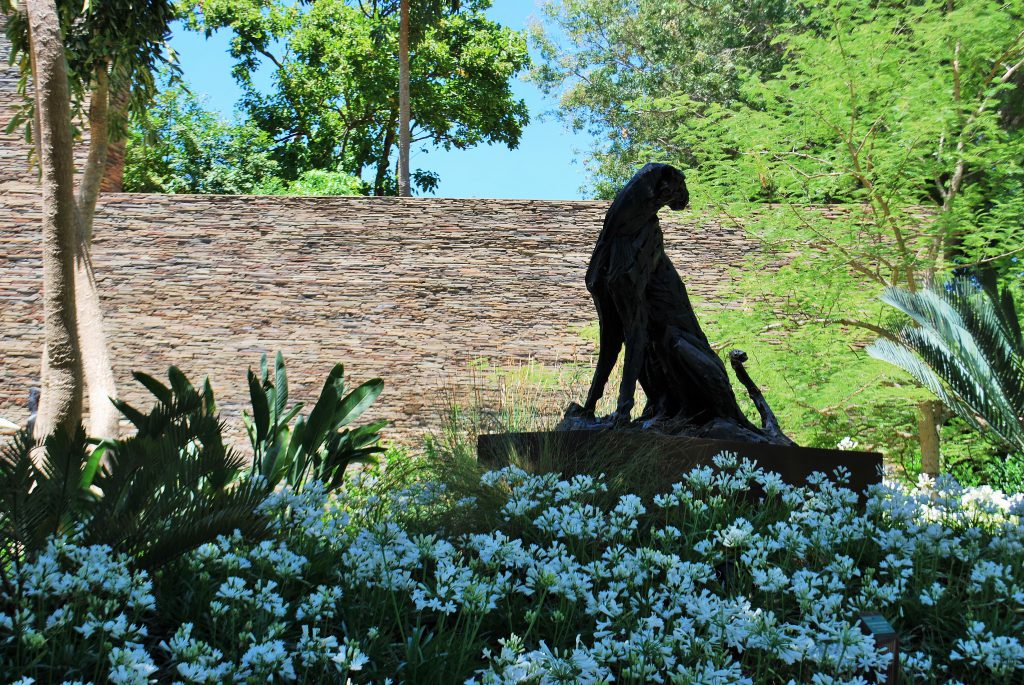
Karien Slabbert
The challenge: Bland, unimaginative spaces
Often, dated hardscaping puts a damper on your garden’s appeal.
The building blocks: There’s no need to uproot your entire garden. Rather give it a structural facelift – get rid of aesthetic eyesores and create new focal points.
The solution: Rediscover the hidden secrets in your garden by laying new pathways around or through established borders.
Free-flowing curvilinear designs that incorporate pavers, edging and gravel create a sense of movement. When using gravel, Rupp suggests spreading a thick layer over a permeable membrane to stop weeds.
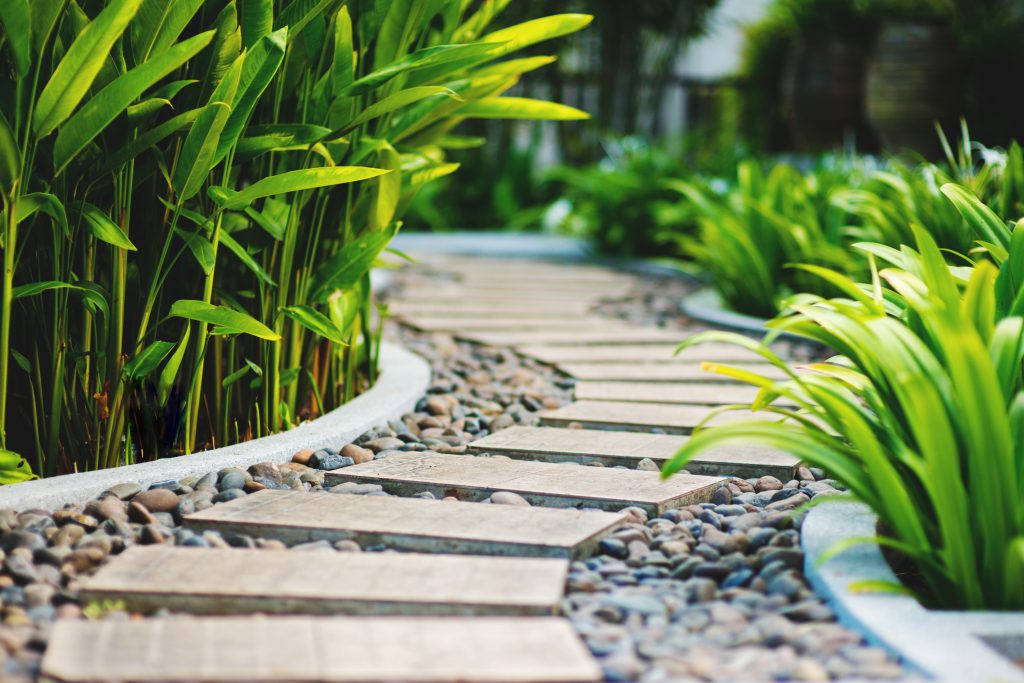
Life is a Garden
Double up interest. Reboot your swimming pool by installing a tiered water feature with statement spouts.
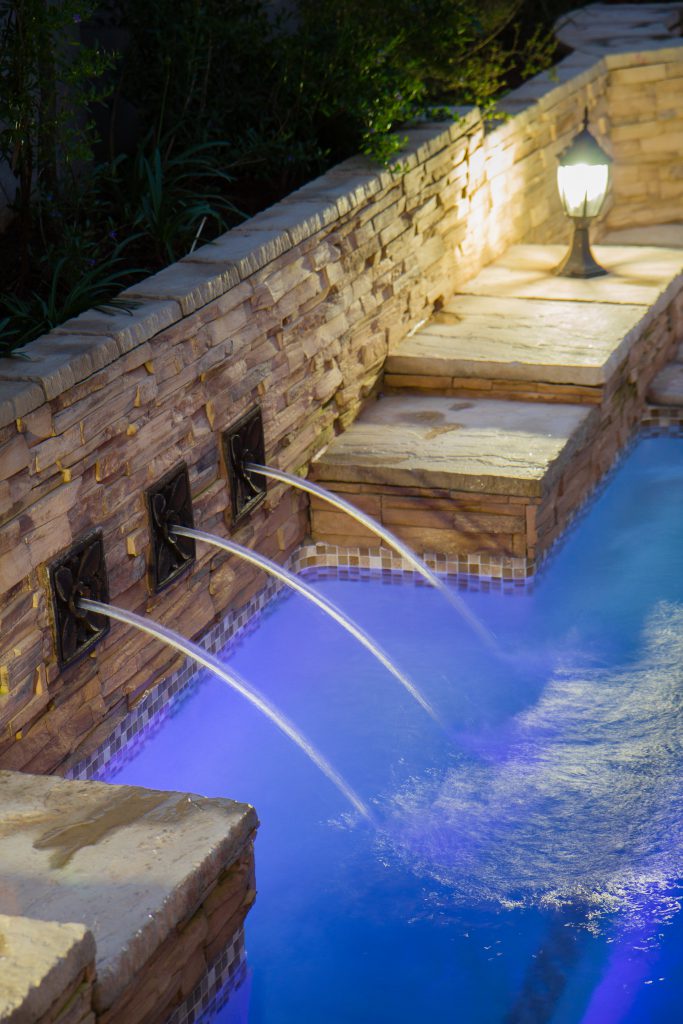
The Friendly Plant
Small tweaks such as adding new swimming pool coping can make a big difference.
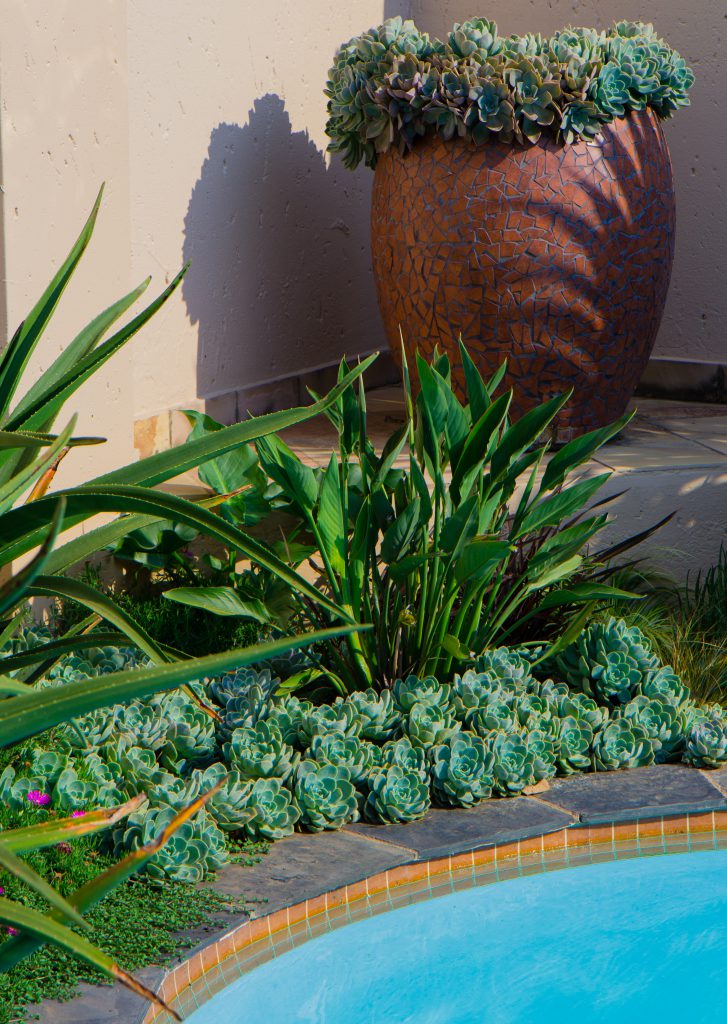
The Friendly Plant
Working around established trees and borders or stairs, introduce semi-permanent structures such as pergolas and gazebos as points of interest.
The challenge: Where to start?
Trends come and go. It’s challenging to choose built-in hardscaping elements that have a contemporary yet timeless appeal.
The building blocks: Remember, form follows function. Opt for a design that suits your budget and your lifestyle.
The solution: Craig de Necker, managing director of The Friendly Plant, suggests creating destinations in your garden. “Well-designed destinations such as a fire pit area should beckon you from inside your house to spend time in the garden.”
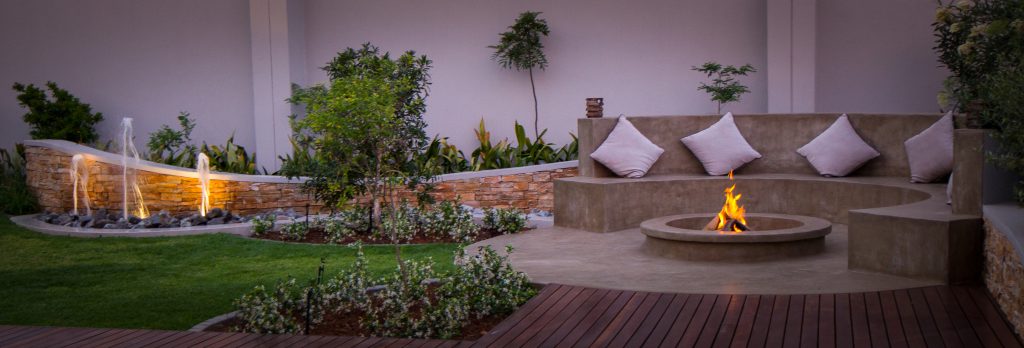
The Friendly Plant
The challenge: Choosing the right water feature
Water features can transform your garden into an outdoor oasis. But do you opt for a formal design with classical proportions or something more modern and angular?
The building blocks: Landscaper Mary Maurel suggests basing your water feature decisions on the effect you would like to achieve, rather than committing to a specific look. “Is it about drowning out the noise of a busy road? Or is it about reflection of the overhanging trees? Or do you want a calming trickle?”
The solution: Proportion, colour, texture and shape are the cornerstones of a well-designed water feature. To create a sense of unity, consider how different applications and designs interact with one another, as well as with your home’s architecture.
Design-wise, architectural applications such as tiered rills are ideal for adding interest to entrances and narrow courtyards.
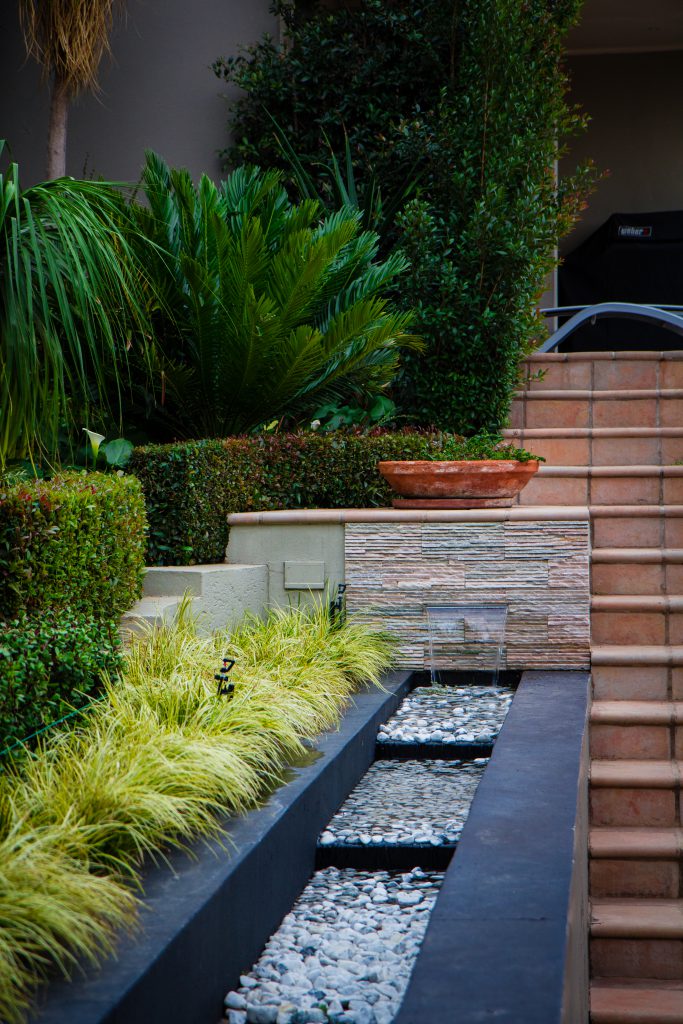
The Friendly Plant
Organic waterfalls or ponds that incorporate natural rockeries are ideal for naturalistic gardens.
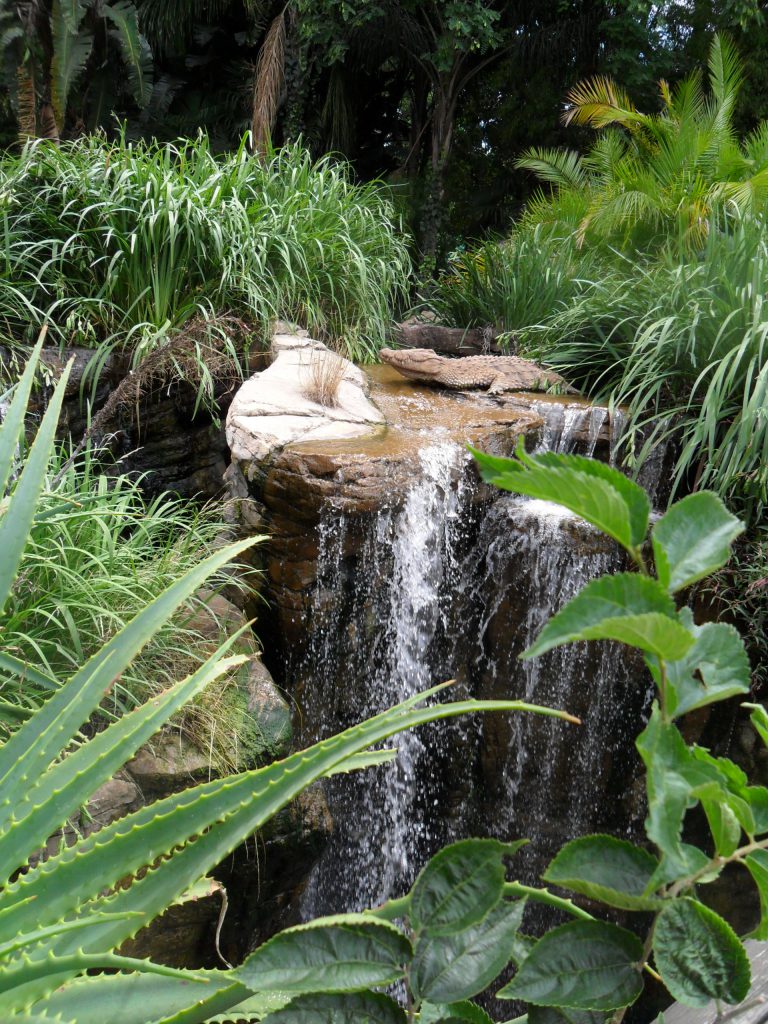
Karien Slabbert




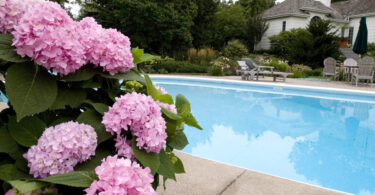
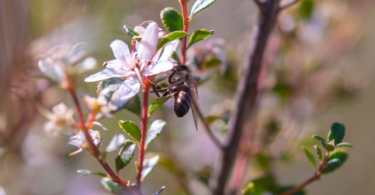
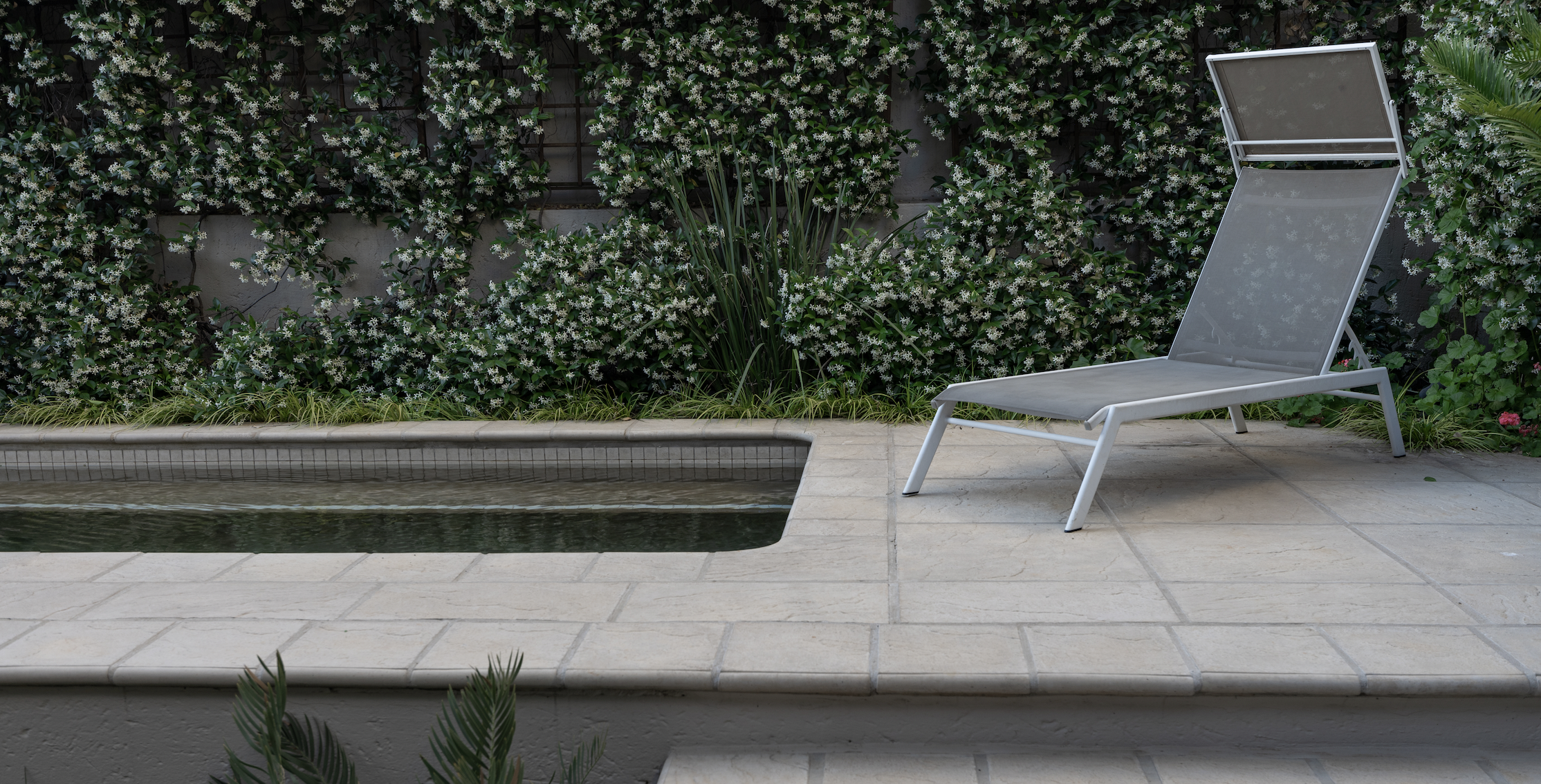

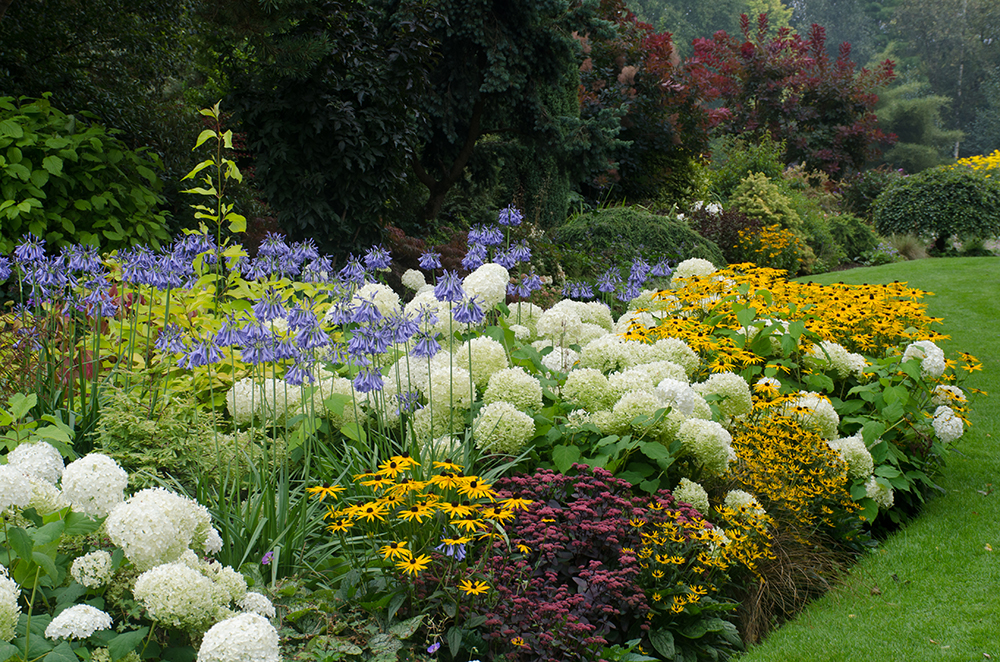
Leave a Comment